TP - Tuition fees are just one of the sources of revenue for training. But now, when tuition fees are the main source of revenue for schools, this burden is shifting from the State to the people.
TP - Tuition fees are just one of the sources of revenue for training. But now, when tuition fees are the main source of revenue for schools, this burden is shifting from the State to the people.
Autonomy is self-sufficiency by default.
Currently, public universities, training costs come from sources such as: state budget, scientific research activities, technology transfer... and tuition fees. Thus, tuition fees are only a part of training costs. But currently, tuition fees account for 70-90% of the revenue of schools. In the report "Education for Growth" of the World Bank (WB) in August 2022, the team of WB experts said that currently, the Vietnamese state budget for university education only reaches 4.33-4.74% of the total budget for education and training.
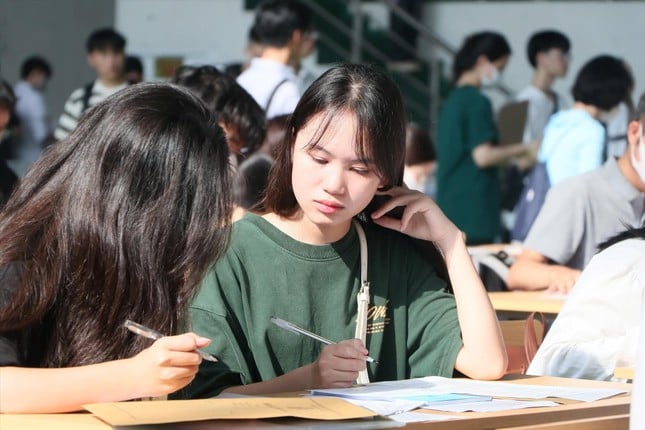 |
Students enrolling in 2024. Photo: Nghiem Hue |
Dr. Le Truong Tung, Chairman of the Board of FPT University, shared that in the conditions for autonomy, and in the context of financial autonomy, nowhere in the 2018 Law on Higher Education requires that university autonomy must be associated with self-sufficiency without receiving money from the budget. But in reality, when implementing this law, autonomy is being applied with self-sufficiency, without receiving budget for public schools. This has two objective reasons. Firstly, when testing autonomy since 2017, all participating schools were selected as the best performing universities, with sufficient capacity to balance revenue and expenditure, while the autonomy test should have selected samples of good schools, average schools and weak schools to see the impact of autonomy on the development of the schools before applying it widely. Due to the selection of an incorrect sample, the default model of autonomy is self-sufficiency as it is today. The second reason is the confusion between “autonomy of university education institutions” and “autonomy of public service units” applied to public service agencies in general. For public service units, the State’s regulations are that the level of autonomy is linked to the level of financial self-sufficiency. Therefore, Mr. Tung proposed that when the Ministry of Education and Training revises the Law on Higher Education, it should clarify this, that autonomy of university education institutions is not autonomy of public service units.
So that tuition is not a burden
“It is not wrong that tuition fees are high. Tuition fees must ensure the quality of education. What is lacking here is a support mechanism from the State for learners.”
Mr. Pham Hiep - Director of REK Institute for Educational Research and Knowledge Transfer, Thanh Do University
Dr. Pham Hiep, Director of the REK Institute for Educational Research and Knowledge Transfer, Thanh Do University, said that when discussing tuition fees, we must consider two aspects. First, tuition fees must be sufficient to ensure training quality. According to calculations, a reasonable tuition fee to ensure training is about 100-120% of average GDP. Applied in Vietnam, tuition fees are about 50-80 million VND/year/student. This tuition fee is equivalent to the tuition fee of high-quality programs or autonomous universities. Second, it is the opportunity for people to go to school. The above figure is based on average calculations, but there are still a large number of people in rural and mountainous areas who are living in great difficulties. Mr. Hiep analyzed that students in remote, isolated, and rural areas already have difficulty accessing separate exams to increase their chances of entering top universities. When admitted, tuition fees are the second barrier in accessing university education. Currently, some universities deduct a percentage of tuition fees to award scholarships. “But this problem is not reasonable. Because taking money from one parent to give to another parent’s child to go to school,” said Mr. Hiep. He affirmed that this is not a fundamental solution. According to Mr. Hiep, the most reasonable and long-term solution is for the State to invest. For autonomous universities, the State must cut regular spending, then convert that budget into scholarships for disadvantaged students. The scholarship amount must be large enough. In addition, the loan amount must be increased. Mr. Hiep calculated that on average, families from other provinces invest from 10 million VND/month for their children to study at universities in Hanoi or Ho Chi Minh City. The current loan amount of 4 million VND/month/student is not enough to cover food and accommodation.
Mr. Hiep assessed that the current tuition fee issue will have an impact in the next 15-20 years if there is no appropriate policy. The problem is not the quality of university education but the inequality and disparity between professions. While tuition fees are increasing, the loan level for students is still limited, not meeting the actual needs of students. Increasing tuition fees also needs to consider a number of factors because if the tuition fee is high, it will hinder the level of access to university education for candidates with limited economic conditions. In addition, with high tuition fees, parents and students see this as an investment for the future, so choosing a major or field that is easy to find a job after graduation and has a high income is what students aim for. That leads to the consequence that some majors that are necessary for socio-economic development and sustainable development but have high tuition fees such as basic science are very difficult to recruit candidates.
“High tuition fees are not wrong. Tuition fees must ensure the quality of training. What is lacking here is a support mechanism for learners from the State,” said Mr. Hiep. He gave an example of the typical autonomy of universities in the North, such as Hanoi University of Science and Technology and Foreign Trade University. They have to collect tuition fees like that to pay the salary of master’s lecturers of 20-25 million VND/month to work 40 hours/week at the school. Unlike non-autonomous schools, lecturers only work 2-3 sessions/week and earn 6-7 million VND/month. They are permanent lecturers but work part-time. Only when the lecturers’ income is enough to live on can they feel secure in their work, without any professional swindles. But on the contrary, where is the State’s support program when schools are autonomous? Up to now, autonomous schools do not have a regular budget, and there are no slogans for key investments, so tuition fees have become a burden for parents and students.
From the above analysis, Mr. Hiep proposed that the State properly perform its role as a state manager and have specific policies to support learners. Without the participation of the budget, Mr. Hiep predicted that the inequality gap in university education would widen, starting with tuition fees.
Source: https://tienphong.vn/hoc-phi-dai-hoc-cao-tang-thuong-xuyen-keo-rong-bat-binh-dang-post1705114.tpo



![[Photo] Vietnamese rescue team shares the loss with people in Myanmar earthquake area](https://vstatic.vietnam.vn/vietnam/resource/IMAGE/2025/4/6/ae4b9ffa12e14861b77db38293ba1c1d)
![[Photo] Military doctors in the epicenter of Myanmar](https://vstatic.vietnam.vn/vietnam/resource/IMAGE/2025/4/6/fccc76d89b12455c86e813ae7564a0af)
![[Photo] Prime Minister Pham Minh Chinh chairs the regular Government meeting in March](https://vstatic.vietnam.vn/vietnam/resource/IMAGE/2025/4/6/8393ea0517b54f6791237802fe46343b)

![[Photo] Solemn Hung King's Death Anniversary in France](https://vstatic.vietnam.vn/vietnam/resource/IMAGE/2025/4/6/786a6458bc274de5abe24c2ea3587979)
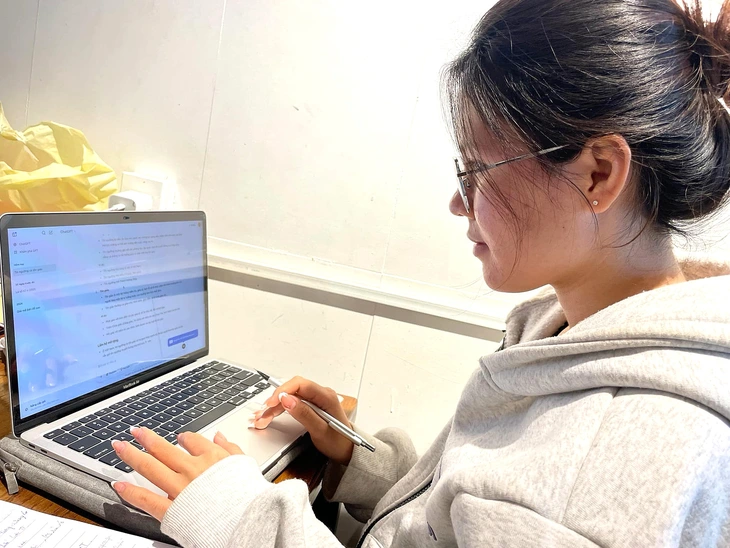



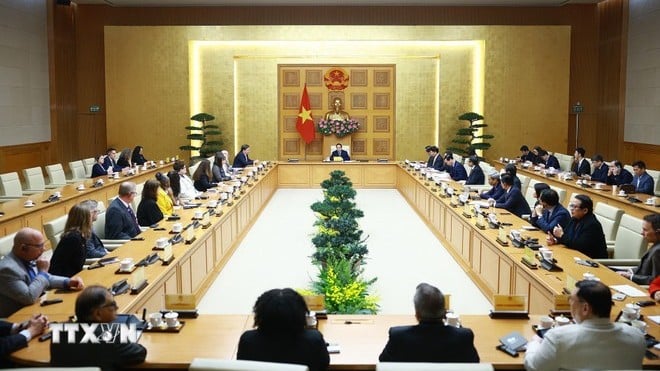
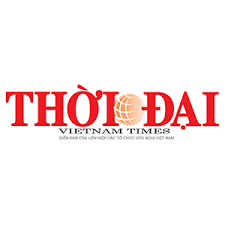
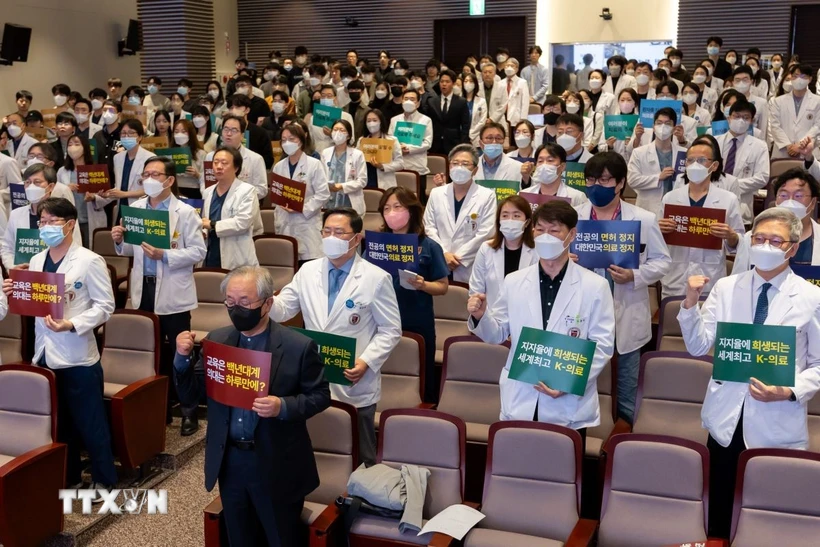

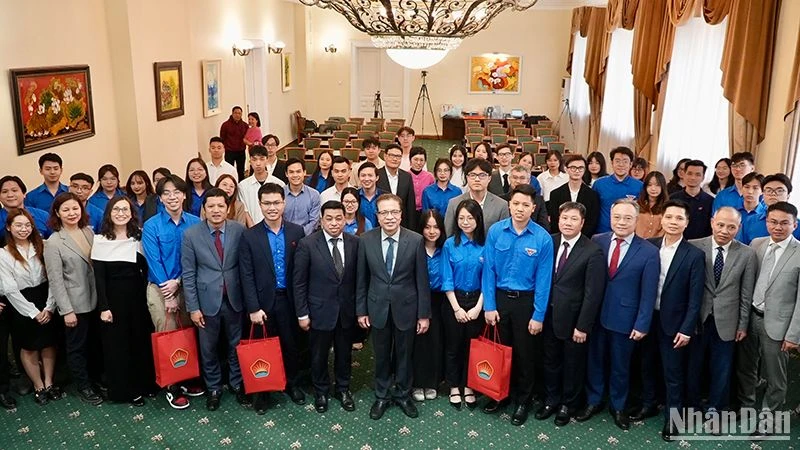

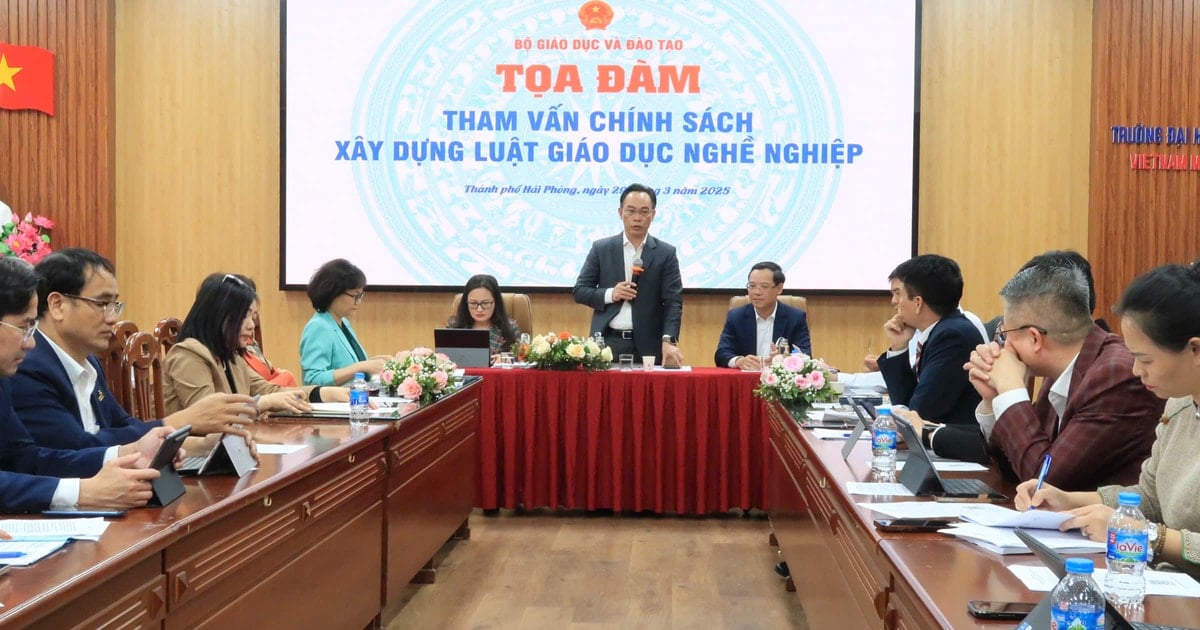

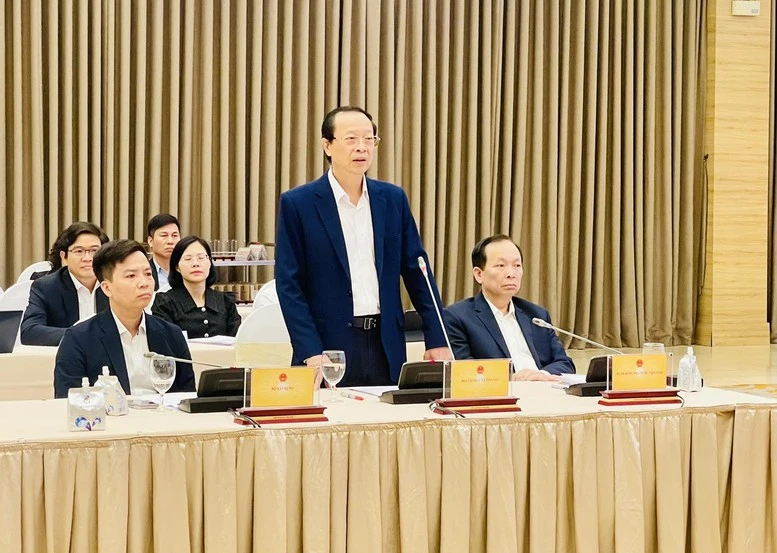
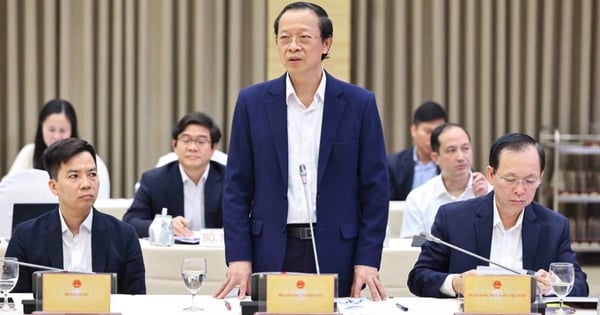
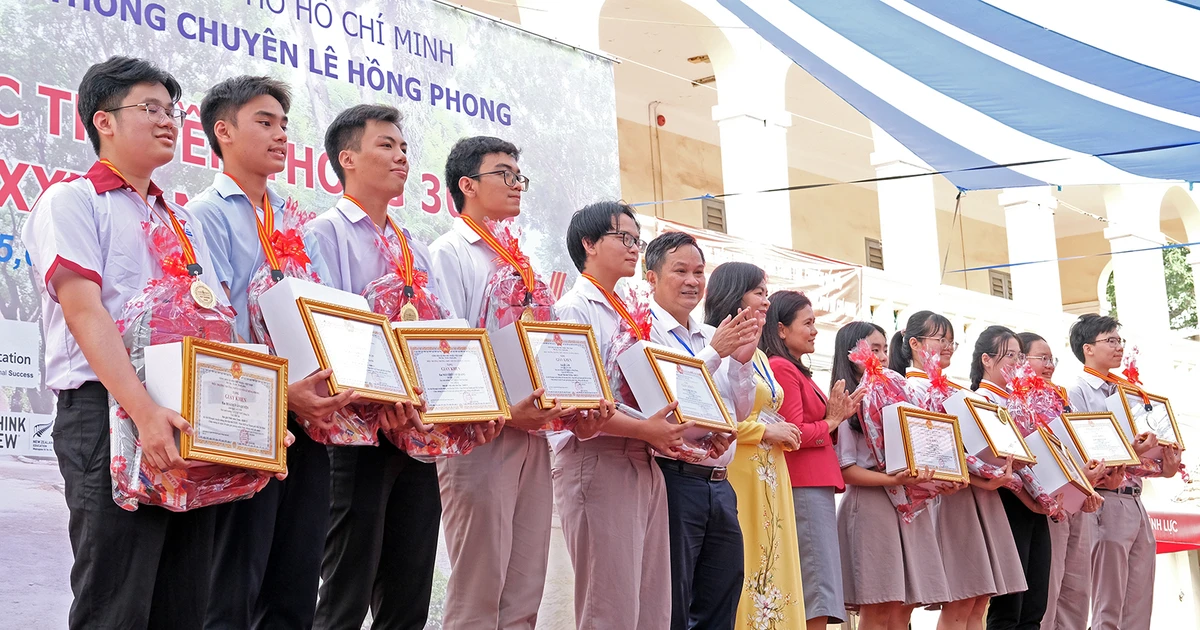
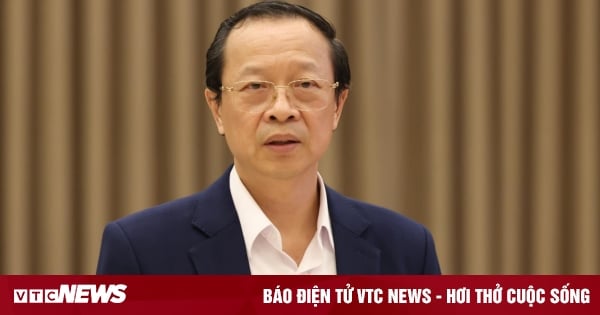
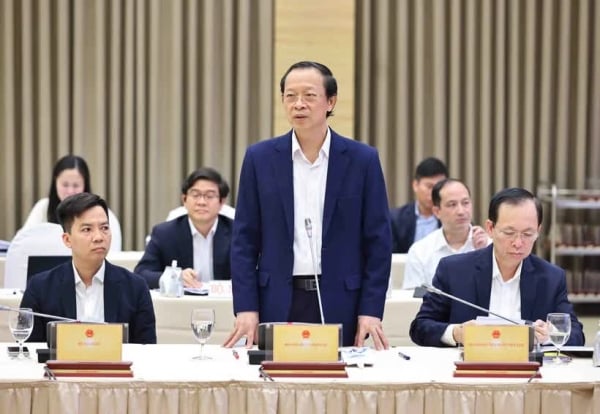





























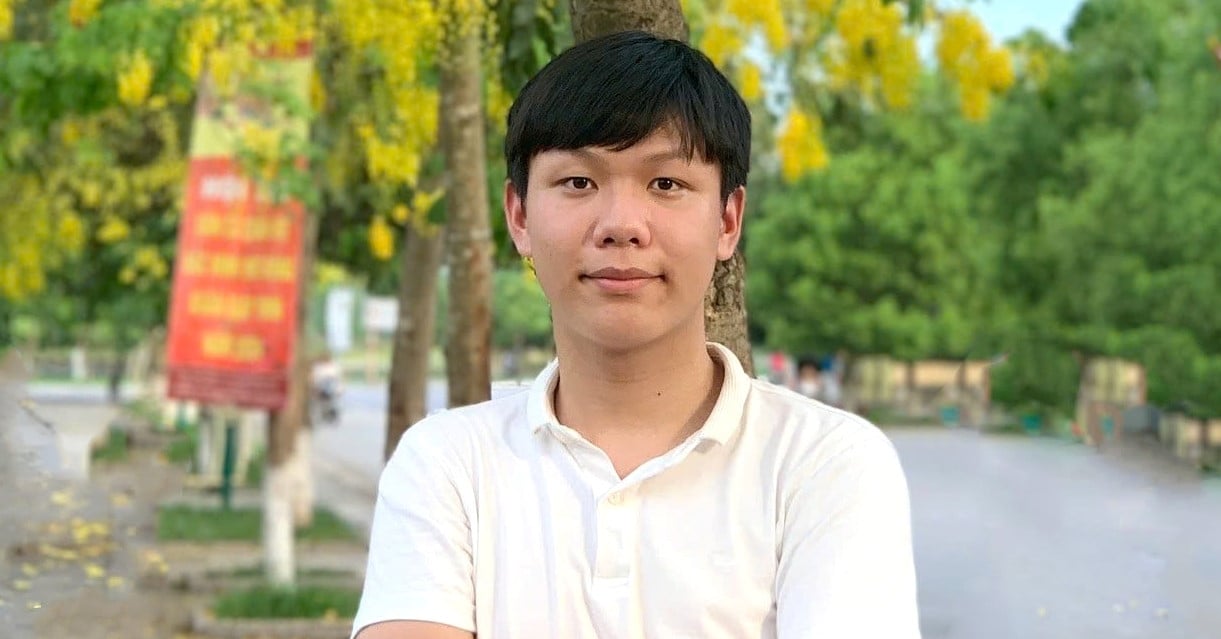



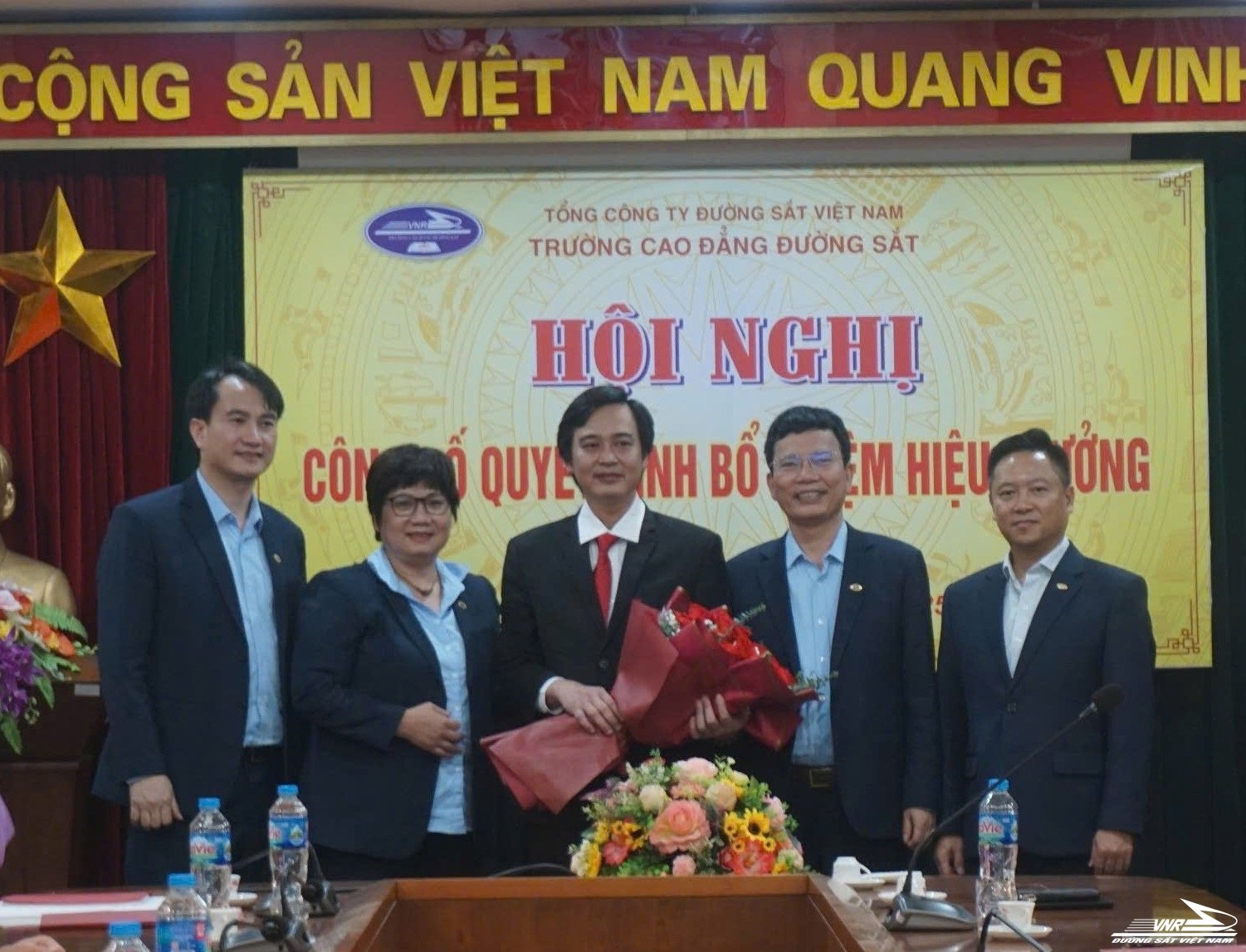
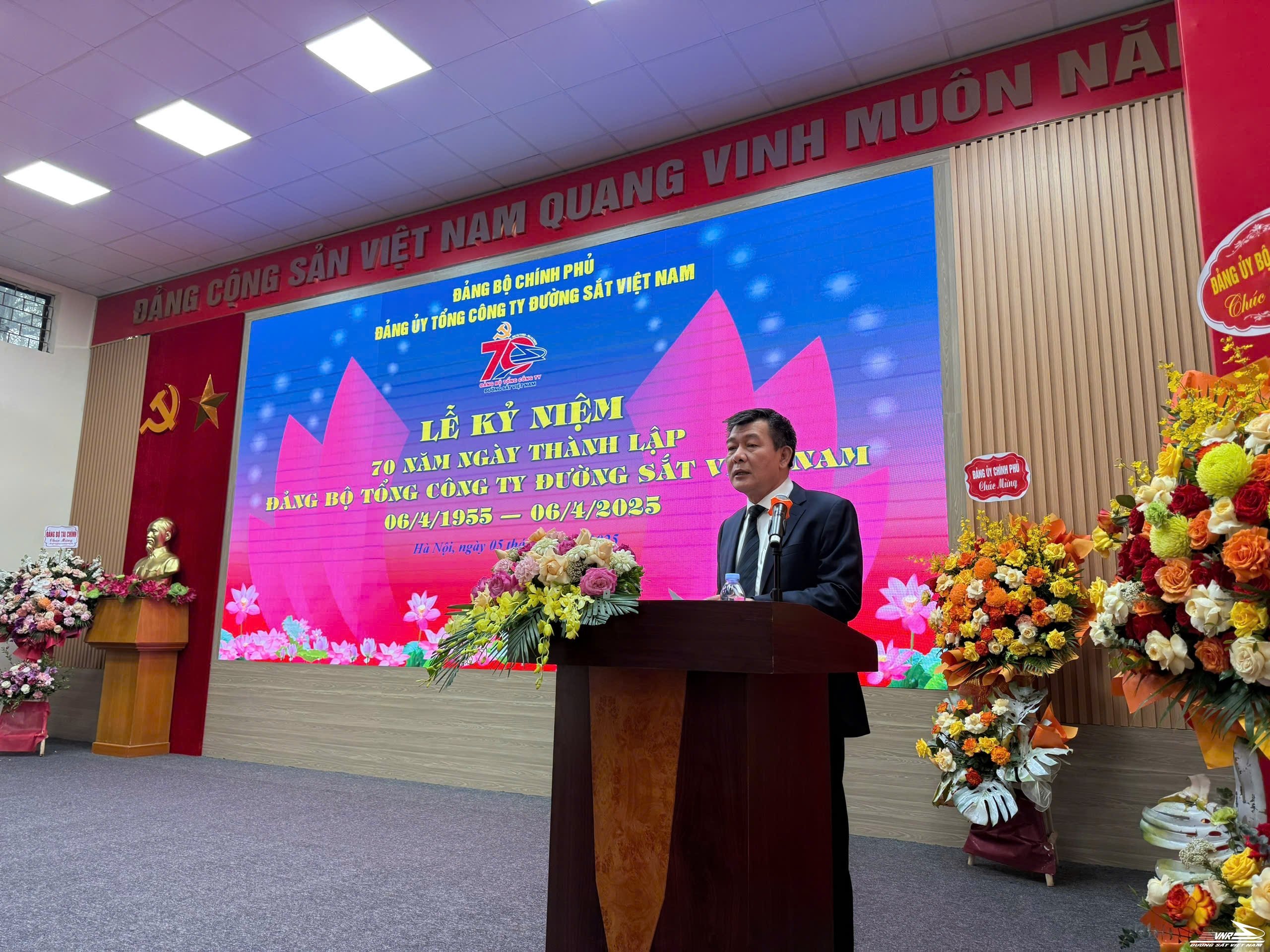
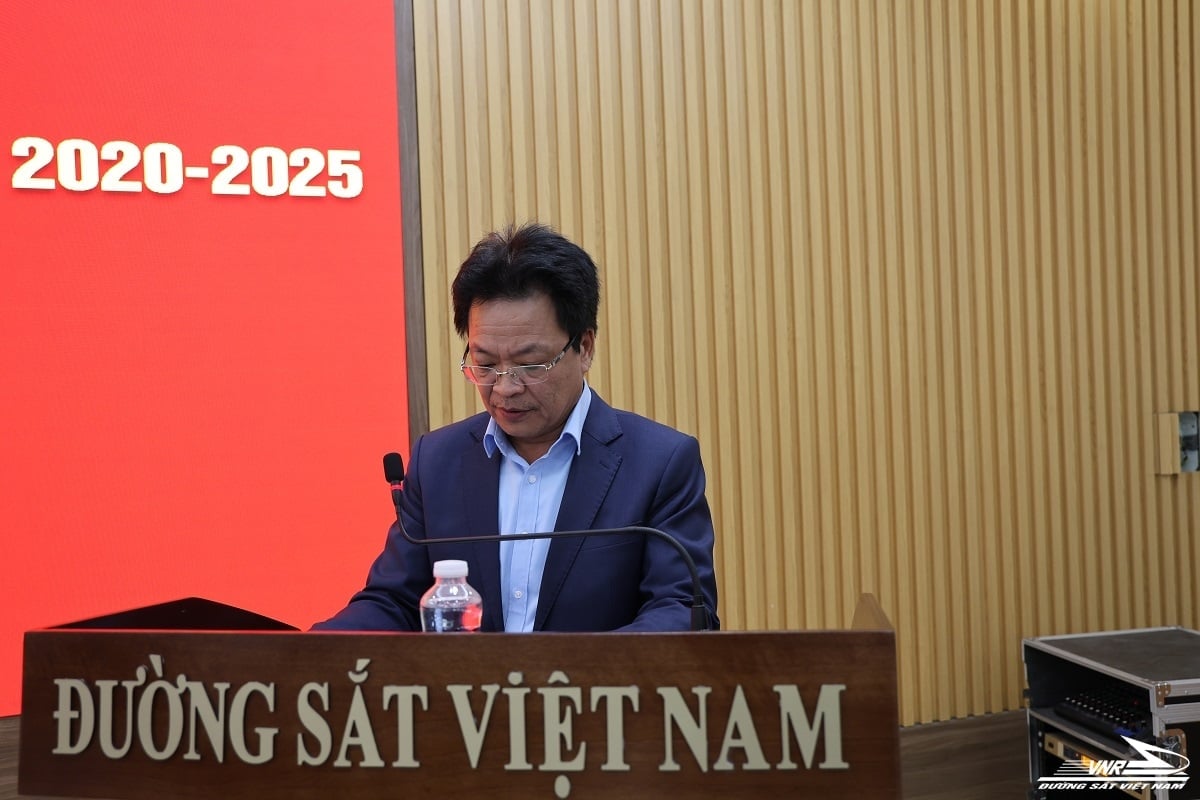
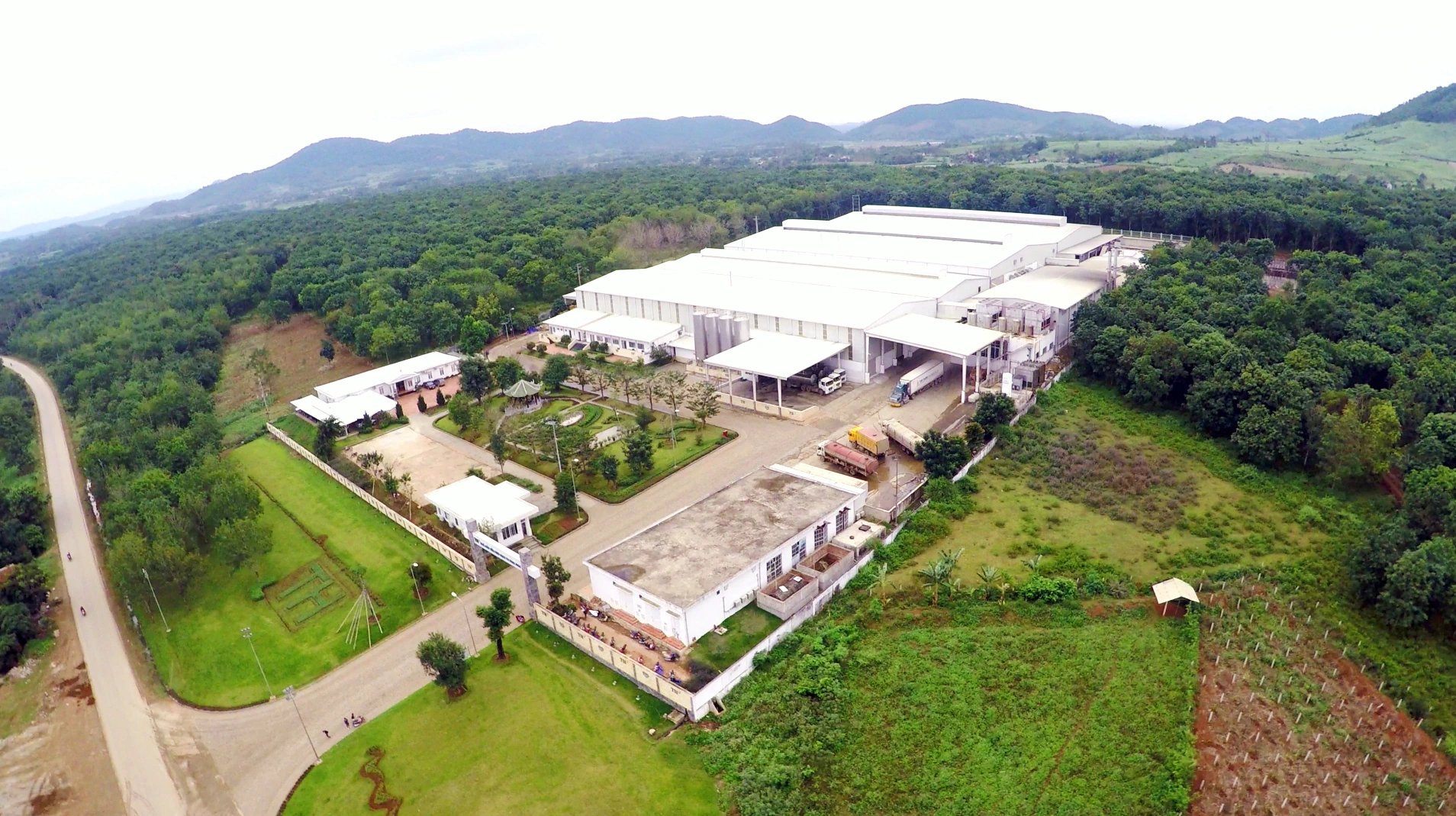



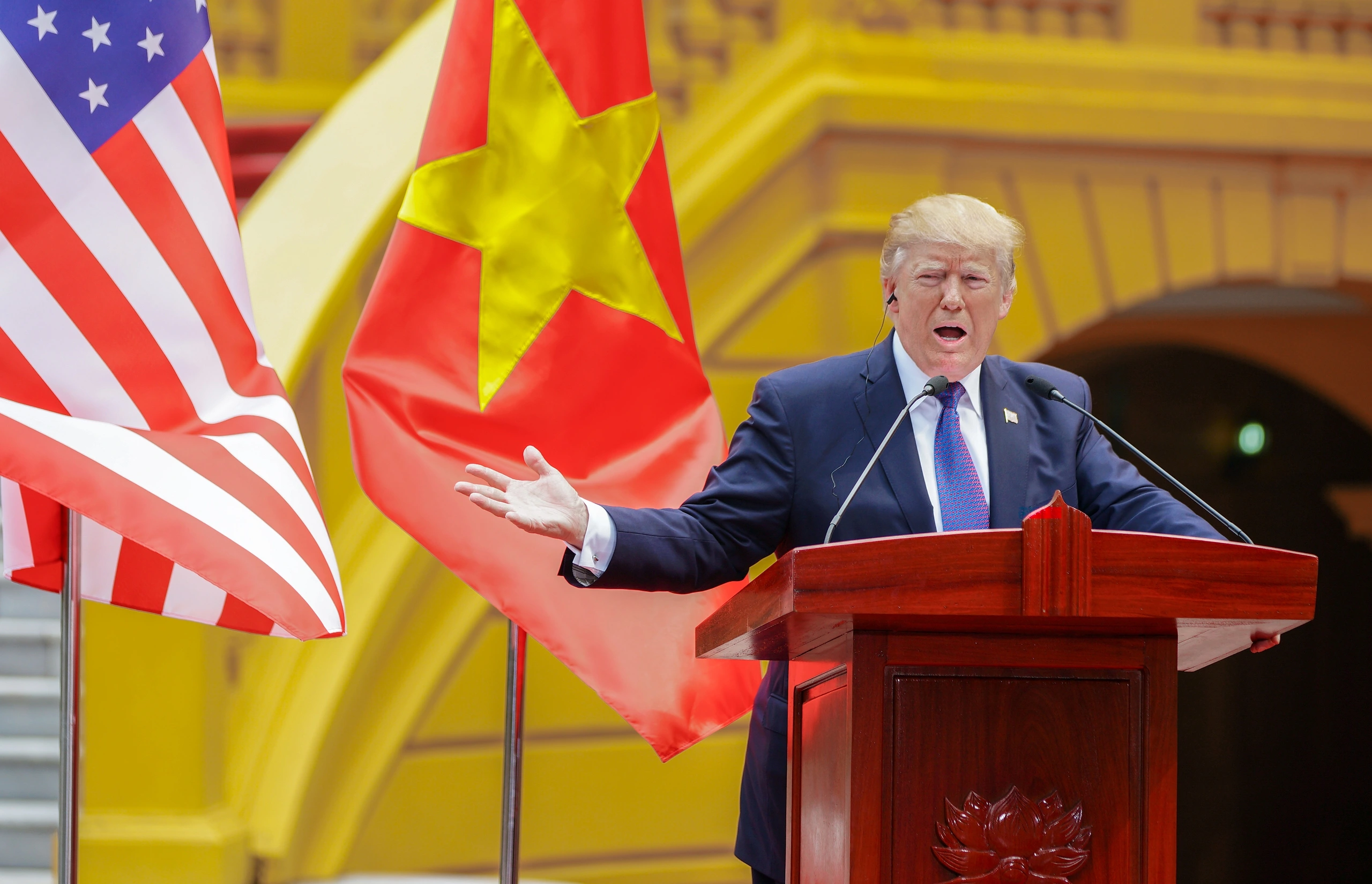
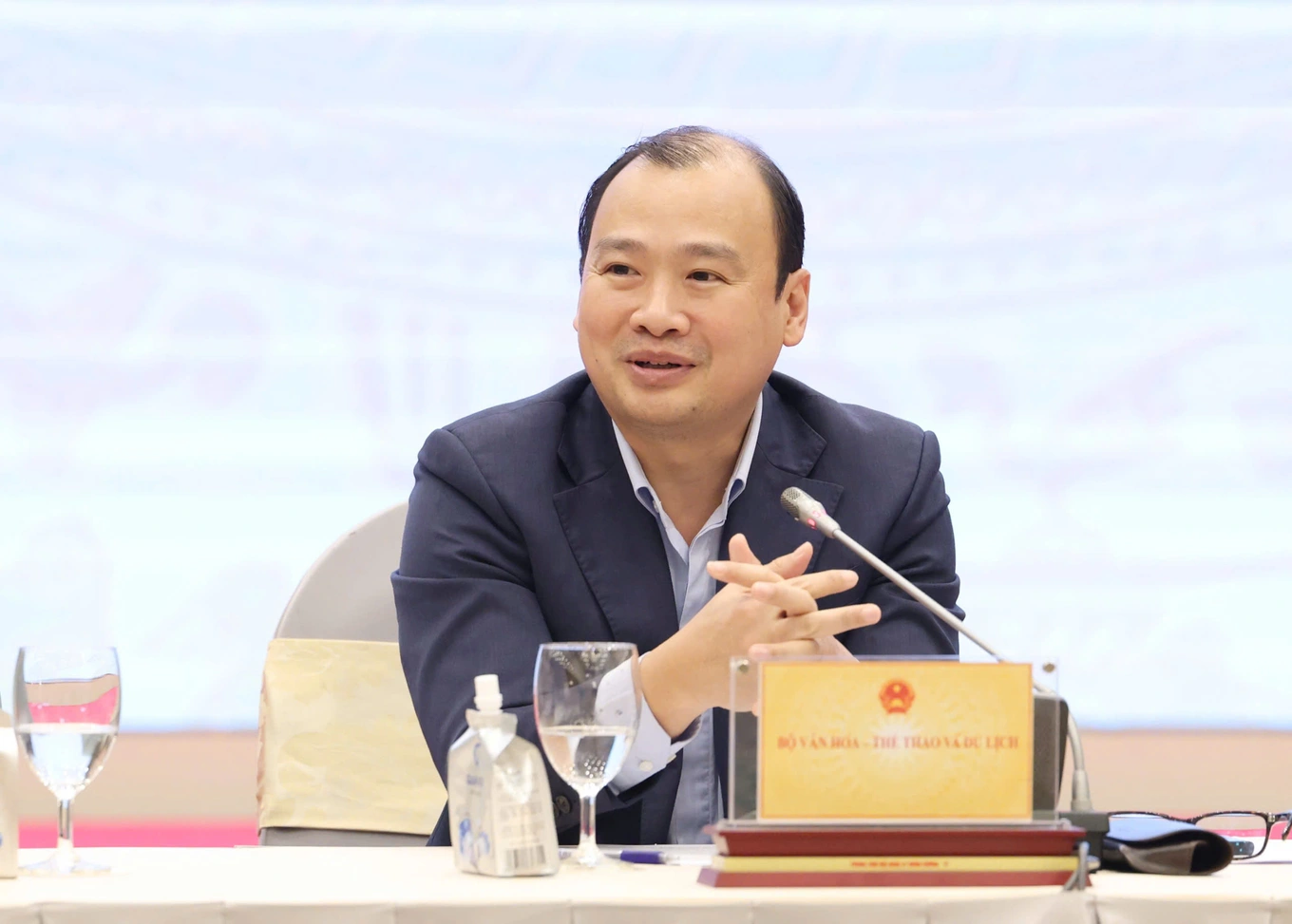












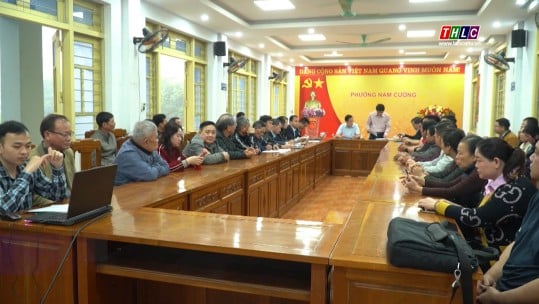


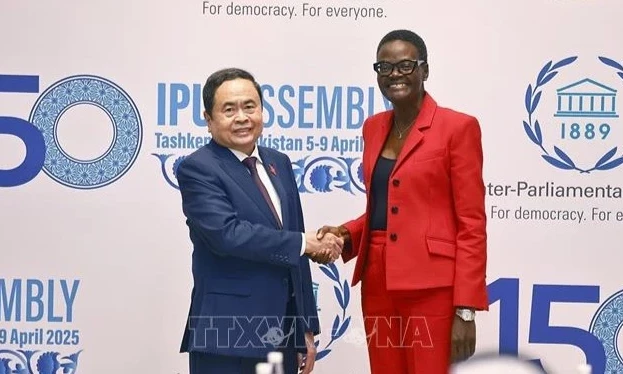
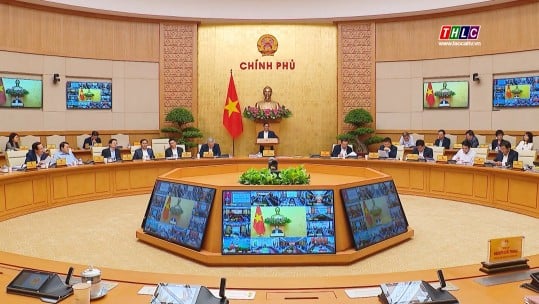


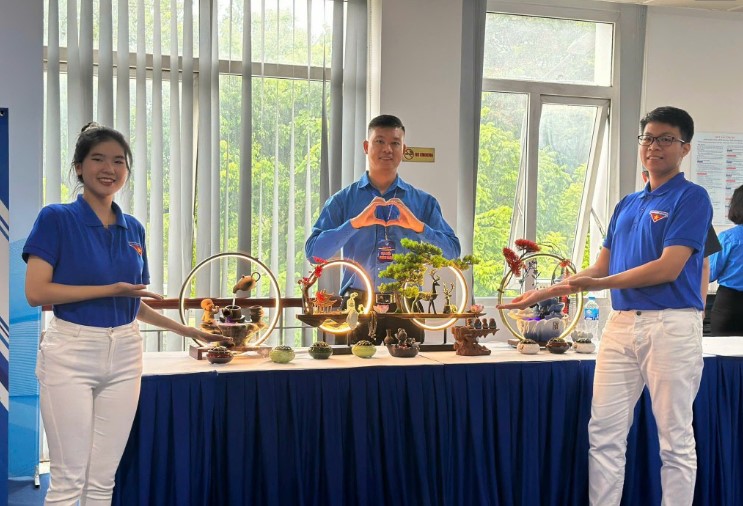
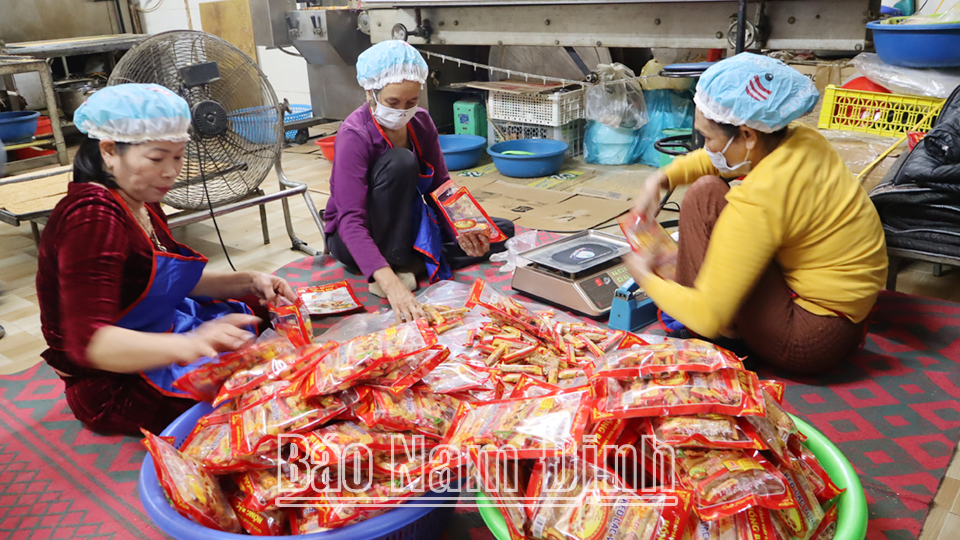





Comment (0)